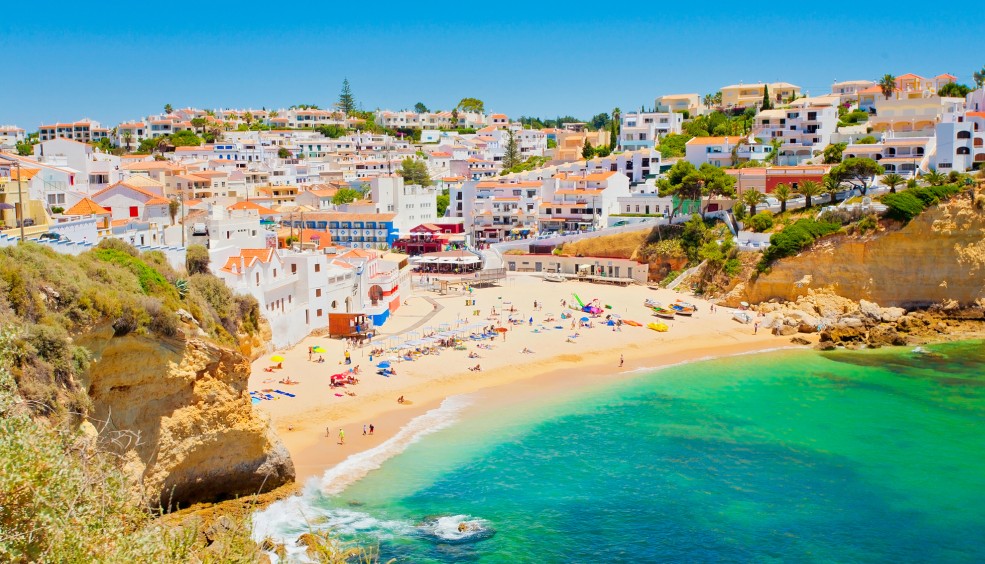10 reasons why you should visit Malta
What do we know about Malta? We know it's one of the smallest countries in Europe, that it's an island with a pleasant Mediterranean climate all year round... Malta is an attractive and fascinating destination waiting to be discovered. A country with many hidden gems in its tiny surface area of just 316 square kilometres. What gems? Ok, here are 10 reasons to visit Malta.
more infoTwo Days in Valencia: What to See and Do
Here are six plans for a two-day break in Valencia. We include a bit of history, a bit of sun and sand, a bit of gastronomy and a bit of culture. A well-rounded break!
more info7 cheap destinations to enjoy before summer arrives
Do you fancy going away before the official summer holidays, to beat the crowds? Make a note of these ideas.
more info7 original Christmas gift ideas and where to find them
Are you fed up of boring Christmas presents like socks or pyjamas? Here are a few brilliant ideas and the best thing about them is that you have to travel in order to buy them!
more info




